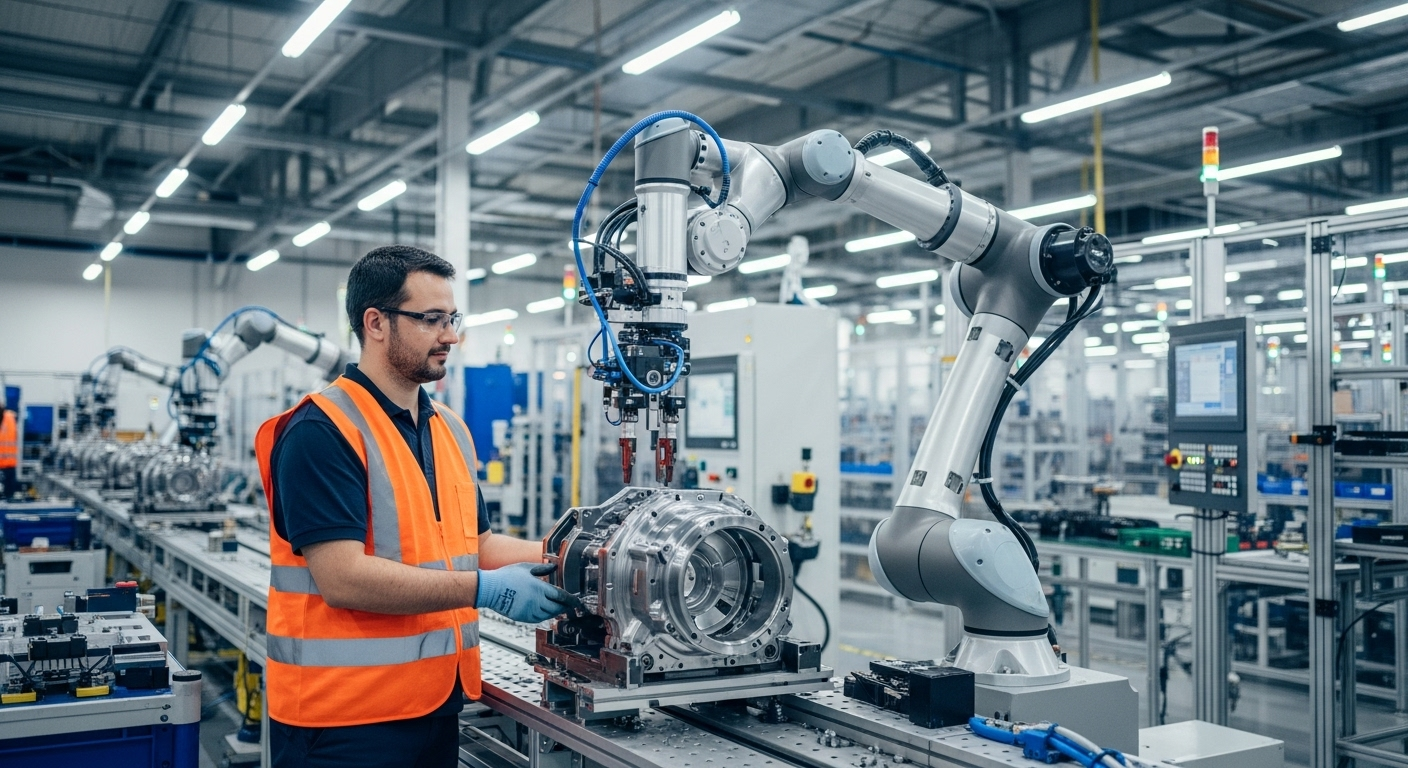Understanding the Role of Collaborative Robotics in Streamlining Manufacturing Operations
The rapid advances in technology have always shaped the landscape of industries. In the manufacturing sector, the introduction of collaborative robots, or cobots, has emerged as a game-changer. This article delves into the world of cobots, exploring how their integration is transforming manufacturing operations.

The Emergence of Cobots in Manufacturing
Collaborative robots have been a part of the manufacturing industry for some years now. Their introduction was a response to the need for greater efficiency and flexibility in production lines. Unlike traditional robots, cobots are designed to work alongside humans, assisting in various tasks that require precision, strength, or repetitive movements.
Current Trends and Insights
Cobots are increasingly becoming a common sight in manufacturing plants. According to a report by Interact Analysis, the collaborative robot market is expected to grow to $7.5 billion by 2027. This trend is driven by the need for businesses to remain competitive and meet the ever-changing consumer demands.
Impact on Manufacturing Operations
The integration of cobots into manufacturing processes has brought numerous benefits. They increase productivity by performing tasks faster and more efficiently than humans. They also enhance safety by taking over hazardous tasks, reducing the risk of workplace injuries. However, their deployment also poses challenges, such as the need for skilled personnel to manage and maintain these advanced machines.
Research-Based Evidence
Research shows that cobots can boost productivity by up to 20%. A study by the International Federation of Robotics found that small and medium-sized enterprises that adopted cobots reported a reduction in production costs and an increase in product quality.
Insights for Effective Cobot Deployment
- Understand the process: Before integrating cobots, it’s crucial to thoroughly understand the processes that they’ll be involved in. This will help determine the tasks that the robots can efficiently handle.
- Train the staff: Successful cobot deployment requires that the staff be adequately trained to work alongside the robots and troubleshoot any issues that arise.
- Monitor performance: Regular monitoring and maintenance of cobots are crucial to ensure they continue to operate efficiently and safely.
In conclusion, the rise of collaborative robots in the manufacturing industry is a clear testament to the transformative power of technology. While their integration comes with its own set of challenges, the benefits they offer make them an essential tool in modern manufacturing. As the cobot market continues to grow, it’s essential for businesses to understand their potential and leverage them to enhance productivity and competitiveness.




